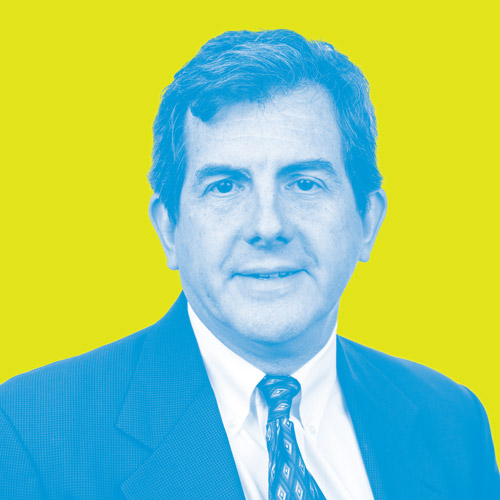The abundance of online tools that M3 USA offers may overwhelm, if not amaze. There is not only the information portal for physicians that includes journal articles, conference summaries, and educational modules, but the company is deeply invested in market research as well, providing a link between pharmaceutical companies and the doctors who prescribe their drugs. M3 continues to push the envelope in physician recruitment, having recently acquired four companies to expand its global reach.
Many facets are at work here, but what unifies these businesses is the unflagging focus on physicians, as well as the overarching goal enshrined in the company’s name M3, or “Medicine, Media, and Metamorphosis.” Its mission statement reinforces this bold purpose: “By creating connections, we will break down the barriers that stand in the way of improvements in healthcare.”
Craig Overpeck, chief technology officer for M3 USA and chief operating officer for the M3 Global Research Unit, is constantly casting these barriers aside. In 1999, he created the MDLinx platform and continues to develop it to this day. Since 2006, when the company became involved in market research, he helmed operations for the unit, bringing it to its current standing as the largest market research data collection company in the healthcare industry.
However, Overpeck didn’t find himself starting at a medical company. As a high school sophomore in Pennsylvania, he took an EMT class and was certified the following year. Before graduation, he spent two years riding in an ambulance and attending to patients. And as an undergraduate and graduate student, he studied life sciences.
Yet the pace was a bit too slow for him. He needed something in between gazing at microbes on a slide and EMT work, or something that transcended the two. “In graduate school, I found out what real clinical research was like. I was working on computers and with a microscope. It all involved tech, and I was good at that. But research takes a lot of time,” Overpeck says.
As it happened, the Internet roared to the forefront while Overpeck was in graduate school, and he watched the way it connected people in colleges and universities. Observing its growth, he realized that he wanted to do something at the intersection of healthcare and technology. As a result, he created MDLinx, which ended up being the seed of M3 in the United States.
In physician recruitment, the company has brought an abundance of market research to bear on the design of its platform. For example, Overpeck says that the company’s research division discovered that the vast majority of physicians who are looking to change jobs don’t want to change location, but want different pay, hours, or other accommodations. So when the company puts job offers up for a certain candidate, they limit them to jobs available where the doctor currently lives, and focus on the factors they want to change, which Overpeck says yields a much higher uptake rate.
M3 was recently named number five on Forbes’ innovation growth list, and Overpeck says those are the concepts that guide the company forward. “It’s a bit of both—innovation and growth,” he says. “When we look at a list of things to do, the first thing we do is decide on what we want our outcomes to be. We put that on a road map, aim for it, and go and do it. We aim for things that are tangible and utilize our core asset.”
Since physicians are using all of M3’s products, whether to study for board exams or to conduct market research, the company receives an enormous amount of engagement data that allows it to expand its reach and offerings. That can take the form of a hospital that needs a new in-patient physician or a pharmaceutical company launching a new drug or medical cure.
Overpeck says the company currently has a large list of products it hopes to roll out in the long-term. Yet the diversification it focuses on is global, replicating the same services and platforms it has been successful with in new countries. “As a company, it’s easier when we roll out a similar service into another market because we already understand the service and the pieces we need to put together,” he says. “Because we have the same technology, that allows us to learn quickly, and when we start up a service, we have a fast path to success.”
Looking back on the path that led him to his position with M3, Overpeck says he feels that he has found the role in which he can positively affect the most people at once. “I feel even better than when I was riding in an ambulance, because when you are an EMT, you are helping people one by one. Here, we have thousands of physicians learning daily about the latest cures and helping patients every day, and the patients who need it most,” Overpeck says. “The impacts may not be as tangible, but I know that today there are physicians reading articles on our portal about new ways to manage diabetes, new immune-therapies in cancer treatment, and that will make a difference for patients. That helps me sleep really well at night.”
